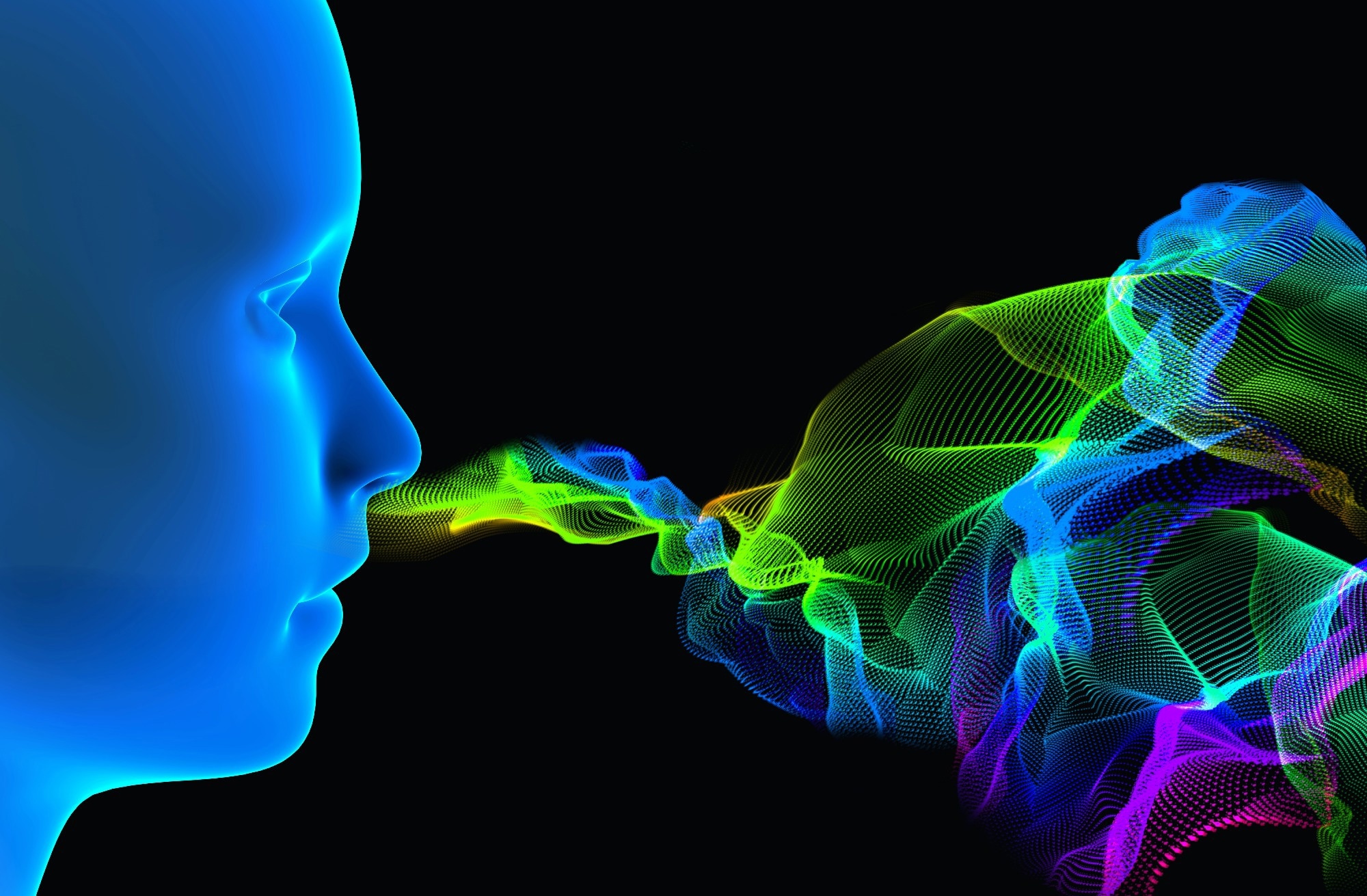
Image Credit: Shutterstock.com/ goa novi
Over the ages, smell has proved crucial for survival as it has enabled the tracking of food and water sources, enabling us to sniff out danger, as well as shaving advantages when it comes to communication and mating. Nowadays, our sense of smell is targeted by various industries such as beauty, cosmetics, food, and wellness, where developing new and attractive fragrances and odors are key to the success of products.
Odor Impressions
Humans perceive odor based on the neurological response pattern between olfactory nerve cells and various odors. Various sensations and responses can be invoked through the careful manipulation and tailoring of the physiochemical features of different odors. We may even have strong connections or memories linked to specific smells which evoke familiarity or desire.
Through this provocation of olfactory nerve cells, odors can be tailored to create a specific response as required by manufacturers, such as perfume manufacturers aiming to call to certain human desires or food producers wanting to make their products appealing to the senses. However, when trying to manipulate odor and design an intended impression, current prediction models are limited as sensing data cannot be predicted.
To address this issue head-on and develop better methods for odor design, the Tokyo Tech team applied machine learning-based odor prediction models.
We used a machine-learning-based odor predictive model that we had previously developed to obtain the odor impression. Then we predicted the mass spectrum from odor impression inversely based on the previously developed forward model.
Professor Takamichi Nakamoto, Tokyo Tech
Rapid Preparation of Odor Mixtures
This attempt differs completely from previous efforts on predicting odor impression using the physicochemical structure parameters; rather than trying to predict smell using molecular data, this machine learning-based technique predicts molecular features based on the impression of the odor.
The team reported that their deep prediction model utilized dimension reduction methods which in turn contributed to an enhancement of the prediction accuracy.
For example, we show which molecules give the mass spectrum of apple flavor with enhanced ‘fruit’ and ‘sweet’ impressions. Our analysis method shows that combinations of either 59 or 60 molecules give the same mass spectrum as the one obtained from the specified odor impression.
Professor Takamichi Nakamoto, Tokyo Tech
Moreover, the method is relatively simple and facilitates rapid preparation of the mixture of odors in the prediction model by predicting the necessary ratios required for mixing. This information means the appropriate ratios to achieve a certain impression are known in advance, which theoretically makes it possible to easily prepare the desired fragrance.
The next steps include exposing the results found in the study, published in the journal PLOS ONE, to a series of sensory tests to further improve and develop the machine learning-based odor prediction methodology.
By fine-tuning the technique, industries focused on designing and developing specific fragrances and odors associated with their products could have access to the limitless potential of machine learning-enhanced odor prediction.
References and Further Reading
Hasebe, D., Alexandre, M. and Nakamoto, T., (2022) Exploration of sensing data to realize intended odor impression using mass spectrum of odor mixture. PLOS ONE, [online] 17(8), p.e0273011. Available at: https://journals.plos.org/plosone/article?id=10.1371/journal.pone.0273011
Tokyo Institute of Technology. (2022) A Novel Approach to Creating Tailored Odors and Fragrances Using Machine Learning. [online] Available at: https://www.titech.ac.jp/english/news/2022/064776
Disclaimer: The views expressed here are those of the author expressed in their private capacity and do not necessarily represent the views of AZoM.com Limited T/A AZoNetwork the owner and operator of this website. This disclaimer forms part of the Terms and conditions of use of this website.